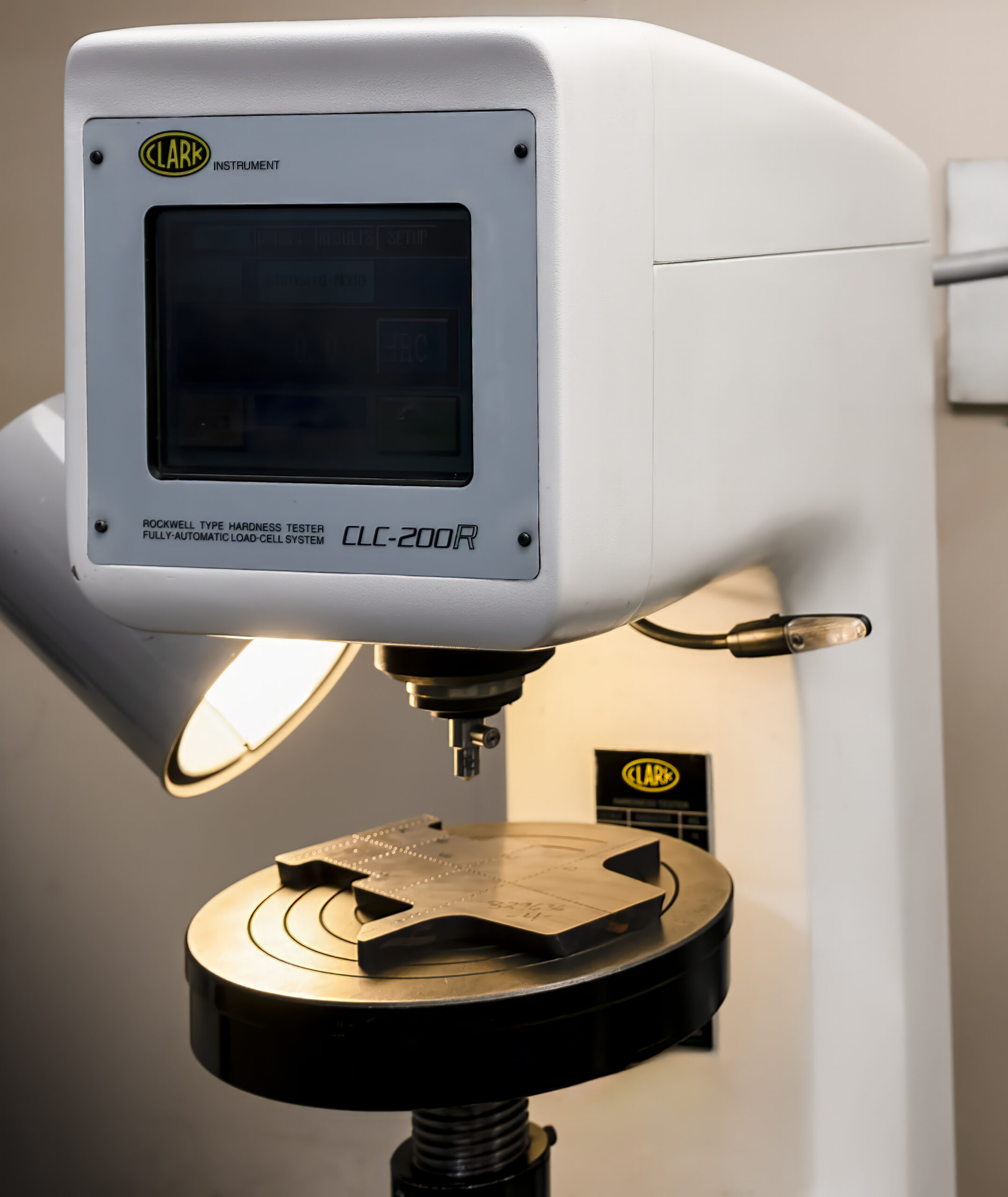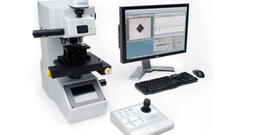
Metallurgical Services
Microhardness tests have been found to be very useful for materials evaluation, quality control of manufacturing processes and research and development efforts
Hardness, although empirical in nature, can be correlated to tensile strength for many metals, and is an indicator of wear resistance and ductility.
Knoop and Vickers Hardness Testing
Microhardness refers to indentation hardness tests performed by two common methods known as the Knoop and Vickers hardness test. ASTM E384 is the standard test method for Knoop and Vickers Hardness Testing of Materials.
Test loads are as low as 1 gram and as high as 1,000 grams, but are typically in the range of 100 to 500 grams.
The Vickers indenter usually produces a geometrically similar indentation at all test forces.
The Knoop indenter does not produce a geometrically similar indentation as a function of test force. Due to its rhombic shape, the indentation depth is shallower for a Knoop indentation compared to a Vickers indentation under identical test conditions. Thus, the Knoop indenter is very useful for evaluating hardness gradients or thin coatings of sectioned samples.
Knoop and Vickers hardness values can be converted to other hardness scales using ASTM E140.
Microhardness Testing
Specific fields of application of microhardness testing include:
- Small Samples unable to be tested by conventional methods
- Foil and thin wire
- Carburizing or nitriding operations to measure cross sections
- Micro constituents of assemblies
- Measuring hardness close to the edges of work pieces for anomalies
- Measuring the hardness of surface layers such as plating or bonded layers
Contact us today to learn more about our metallurgical testing services.

